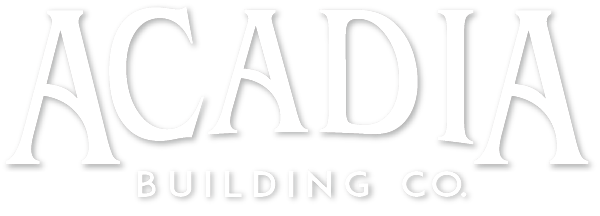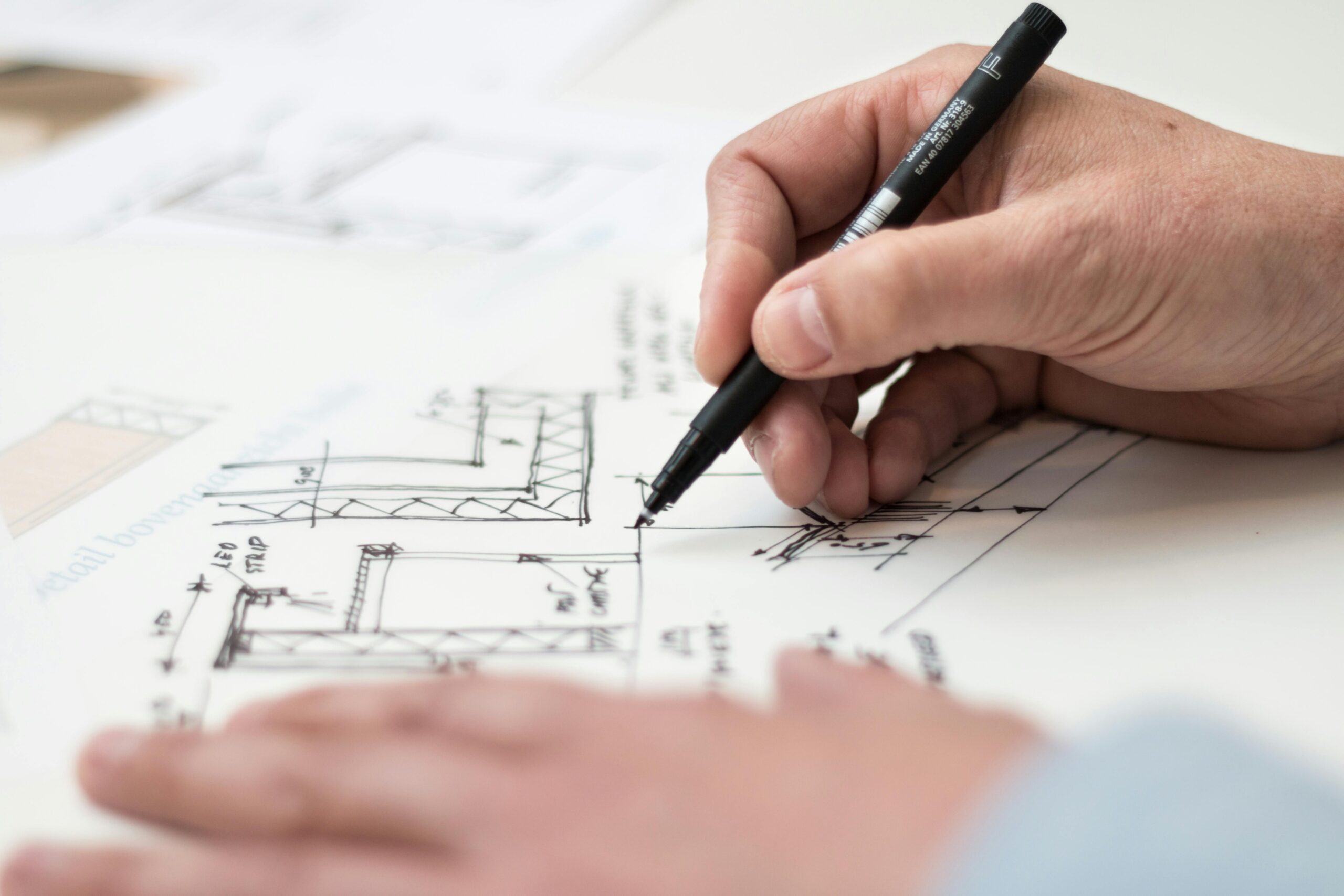For many prospective homeowners, financing a custom built home can feel overwhelming, especially if it’s your first time navigating the construction lending process.
Understanding the key financial steps to building a house can help ease that stress and set you up for success. From how much you might need for a down payment for a new construction home to exploring different lending options, this guide walks you through what to expect.
Let’s break down the process so you can move forward with clarity—and get one step closer to your dream home.
Understanding the Basics of Financing a Custom Built Home
When you buy an existing home, the financing is relatively straightforward: you get a mortgage, close on the property, and move in.
But financing a custom home build is a little more complex because you’re funding both the construction and the long-term mortgage that follows.
Most homeowners building a custom home will use a construction loan: a short-term loan that covers costs like materials, labor, permits, and more. Funds are disbursed in stages (called “draws”) as the project progresses.
Once construction is complete, you’ll either:
- Convert the loan into a traditional mortgage (construction-to-permanent financing), or
- Refinance into a new long-term mortgage.
Understanding this upfront is a crucial part of the financial steps to building a house.
What Is the Construction Lending Process?
Though it may seem complex, the construction lending process follows a clear sequence.
Unlike a traditional home loan, a construction loan is paid out in increments called “draws” as each stage of the home is completed. This allows lenders to ensure the project is progressing on budget and on schedule.
Here’s a quick look at the typical process:
- Pre-Approval – You’ll start by getting pre-approved for a construction loan based on your credit, income, and overall financial health.
- Project Review – The lender will review your home plans, construction contract, home specifications and budget. They may also require an appraisal based on projected value.
- Loan Closing – Once approved, your loan will close, and construction can begin.
- Disbursements – Funds are released in stages as your builder completes specific milestones like the foundation, framing, plumbing/electrical, etc.
- Loan Conversion – After construction, the loan is either paid off or converted into a long-term mortgage.
Because this process involves many moving parts, working with a builder who understands home financing is essential. They’ll coordinate with your lender to keep everything on track.
Builder-Carried Financing vs. Owner Financing
Some builders, including us at Acadia Building Co., offer to carry the financing for you—meaning we handle the loan during construction, and you purchase the completed home with a traditional mortgage.
This can simplify the process, especially if you’re not ready to secure financing on your own. However, in many cases, getting your own construction loan can be more beneficial. It gives you greater control over interest rates and terms, and can sometimes save you money in the long run.
Another financing tool to consider is a bridge loan: a short-term loan that helps you finance your new construction while waiting to sell your current home. It can provide valuable flexibility if your timeline is tight.
How Much Money Do You Need to Put Down to Build a House?
One of the most common questions future homeowners ask is how much money they need to put down for a loan.
Typically, lenders require 10% to 20% of the total construction cost as a down payment. This can vary depending on:
- Your credit and income
- Whether you already own the land
- The lender’s policies
- The complexity of your custom build
If you already own the lot, its value can often count toward your down payment, which helps reduce your upfront costs. It’s also smart to set aside extra funds to cover design changes or unexpected construction costs.
Financial Steps to Building a House in the Treasure Valley
Planning your finances carefully is one of the most important parts of a successful home build—especially in a growing area like the Treasure Valley, where demand and costs can fluctuate.
Here’s a step-by-step breakdown of the financial steps to building a house from start to finish:
Review Your Budget
Before talking to a lender or builder, get a clear picture of your finances. How much do you have saved for a down payment for new construction home costs? What monthly mortgage payment fits your lifestyle?
Get Pre-Qualified
Meet with a lender who’s experienced in construction financing. They’ll help you understand what you can afford and what type of construction loan fits your needs.
Select Your Builder and Finalize Plans
Work with a trusted custom home builder to design your home and establish a detailed cost estimate.
Secure Your Land
If you haven’t secured your lot yet, now is the time. Owning land early can sometimes be used as equity in your loan.
Apply for a Construction Loan
Submit your financial documents, building plans, and budget to your lender. Once approved, you’re ready to break ground.
Track Costs and Communicate
Throughout the build, stay in close contact with both your lender and builder to ensure costs and timelines stay on track.
Working with local Idaho lenders who specialize in financing a custom built home can make a huge difference. They understand regional construction norms and can often streamline the approval and draw processes.
Tips for a Smooth Financing Experience
Getting your financing in order doesn’t have to be stressful, especially if you take a few proactive steps early in the process. Here are some simple ways to keep things on track from start to finish:
Mind Your Credit
A strong credit score can lead to better loan terms. Avoid big financial changes before and during the loan process.
Build a Buffer
Set aside extra funds for unexpected expenses like design changes or material delays.
Choose the Right Team
An experienced builder and a lender familiar with the construction lending process can keep things running smoothly.
Stay Informed
Ask questions and stay involved. Understanding each step of your financing journey helps prevent surprises. A little preparation goes a long way when it comes to keeping your project on track.
Final Thoughts: Financing a Custom Home Build
Building a home financing plan doesn’t have to be intimidating. When you know what to expect, whether it’s understanding the construction lending process, preparing for your down payment for a new construction home, or deciding whether to use bridge loans—you can move forward with confidence.
And remember: you don’t have to do this alone. Working with a trusted builder and a great lending team makes all the difference.
Ready to Make Your Dream Home a Reality?
If you’re thinking about building a home in the Treasure Valley and want to explore your financing options, Acadia Building Co. is here to help.
Check out our blog for more information on the custom build process or contact us today at (208) 608-9669 to schedule a consultation. Let’s bring your dream home to life!








